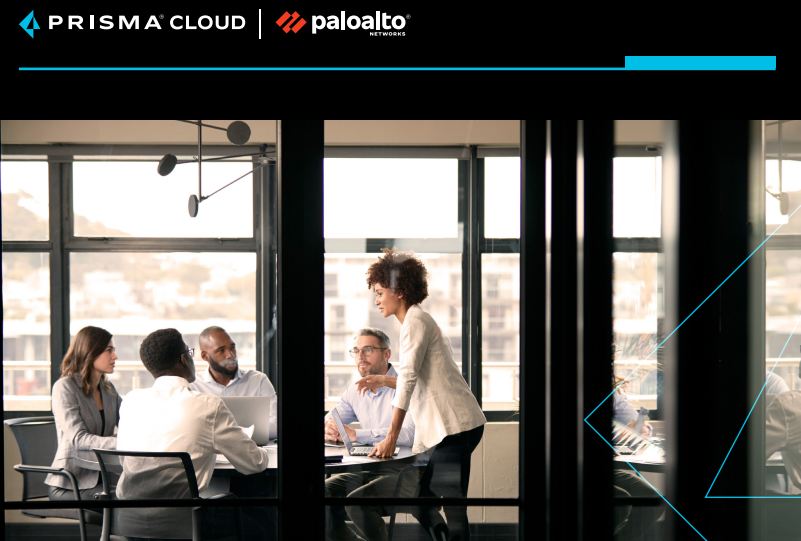
How to Use B2B Programmatic Ad Buying to Generate B2B Leads
Using B2B programmatic ad buying to generate leads involves leveraging automated, data-driven ad placements to reach and engage your target audience more effectively. Here’s a step-by-step guide on how to use programmatic advertising for B2B lead generation:
1. Define Your Target Audience
- Identify Ideal Customer Profile (ICP): Determine the characteristics of your ideal leads, including industry, company size, job titles, and geographic location.
- Leverage Data Sources: Use CRM data, market research, and customer profiles to refine your audience targeting.
2. Set Clear Campaign Objectives
- Lead Generation Goals: Define what success looks like, such as the number of leads, cost per lead, or conversion rates.
- KPIs: Establish key performance indicators to measure the effectiveness of your campaign.
3. Choose the Right Programmatic Platform
- Demand-Side Platforms (DSPs): Select a DSP that aligns with your objectives and provides access to relevant ad inventory.
- Data Management Platforms (DMPs): Use a DMP to aggregate and analyze data for better audience targeting.
4. Develop Targeted Ad Creative
- Personalized Content: Create ad content tailored to the interests and pain points of your target audience.
- High-Quality Visuals: Use professional visuals and compelling messaging that resonates with B2B decision-makers.
5. Utilize Advanced Targeting Techniques
- Behavioral Targeting: Reach users based on their online behavior, such as website visits or content interactions.
- Contextual Targeting: Place ads on websites or within content that is relevant to your industry or audience interests.
- Account-Based Targeting: Use IP targeting or custom audience lists to specifically target companies or decision-makers.
6. Leverage Retargeting
- Engage Previous Visitors: Retarget users who have previously interacted with your site or content but have not yet converted.
- Nurture Leads: Use retargeting to deliver personalized messages and offers to keep leads engaged.
7. Optimize Campaigns with Data and Analytics
- Track Performance: Monitor metrics such as click-through rates (CTR), conversion rates, and cost per lead.
- A/B Testing: Test different ad creatives, messaging, and targeting strategies to identify what works best.
- Adjust and Optimize: Use performance data to adjust bidding strategies, refine targeting, and improve ad creatives.
8. Integrate with Other Marketing Channels
- Cross-Channel Campaigns: Coordinate programmatic ads with other marketing efforts like email campaigns, content marketing, and social media.
- Unified Messaging: Ensure consistency in messaging and branding across all channels to reinforce your value proposition.
9. Compliance and Privacy Considerations
- Data Privacy: Ensure compliance with data privacy regulations such as GDPR or CCPA when handling user data.
- Ad Fraud Prevention: Implement measures to prevent ad fraud and ensure your budget is spent effectively.
10. Measure and Report Results
- Lead Quality: Assess not just the quantity but the quality of leads generated. Ensure they meet your criteria for being sales-ready.
- ROI Analysis: Calculate the return on investment for your programmatic campaigns to determine their overall effectiveness.
Example Workflow:
- Set Up Campaign: Define your audience and objectives in your chosen DSP.
- Design Ads: Create targeted, high-quality ad creatives.
- Launch and Monitor: Start the campaign and track performance in real-time.
- Optimize: Use data insights to make adjustments to targeting and ad creatives.
- Evaluate: Analyze results to measure lead quality and campaign effectiveness.
By leveraging programmatic ad buying with these strategies, you can effectively reach and engage your B2B audience, optimize your lead generation efforts, and drive better results for your marketing campaigns.
5929
Trending News













